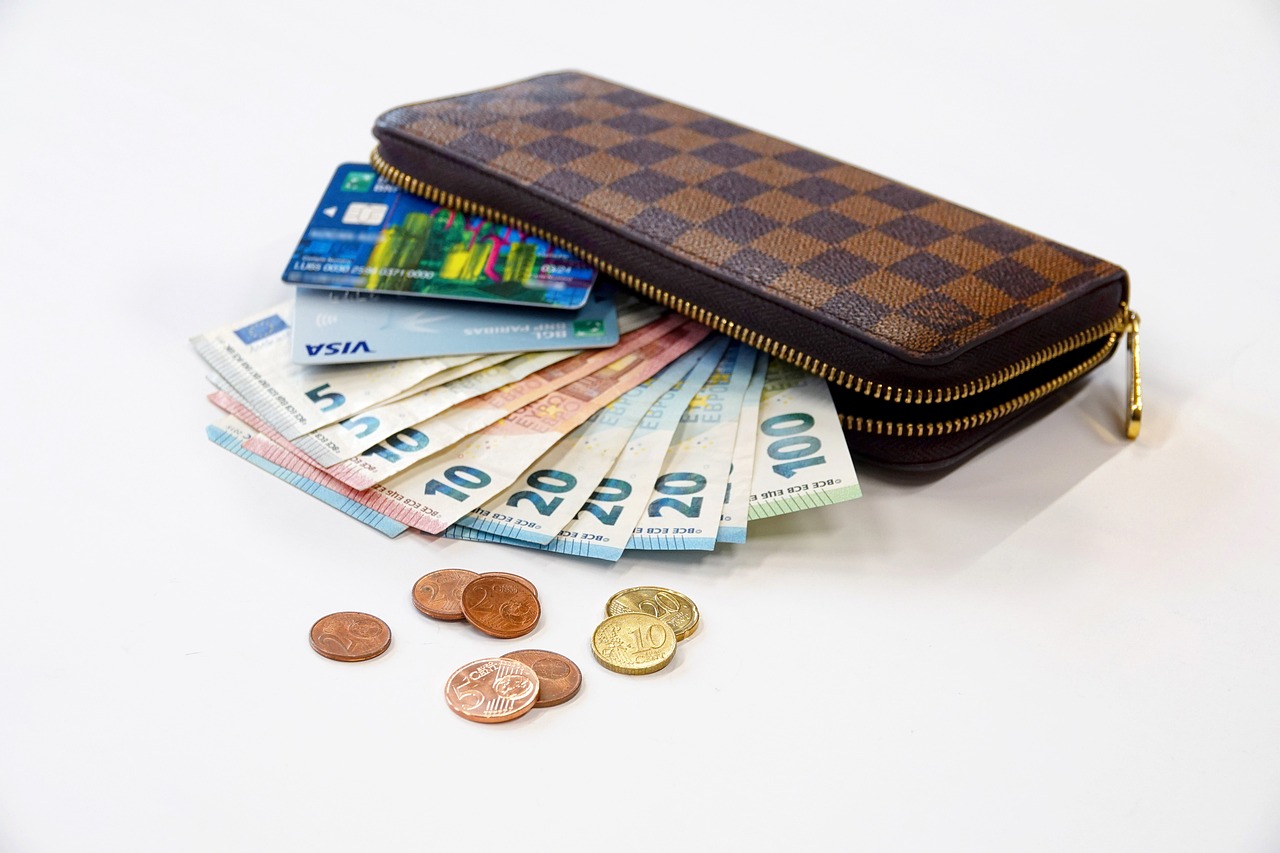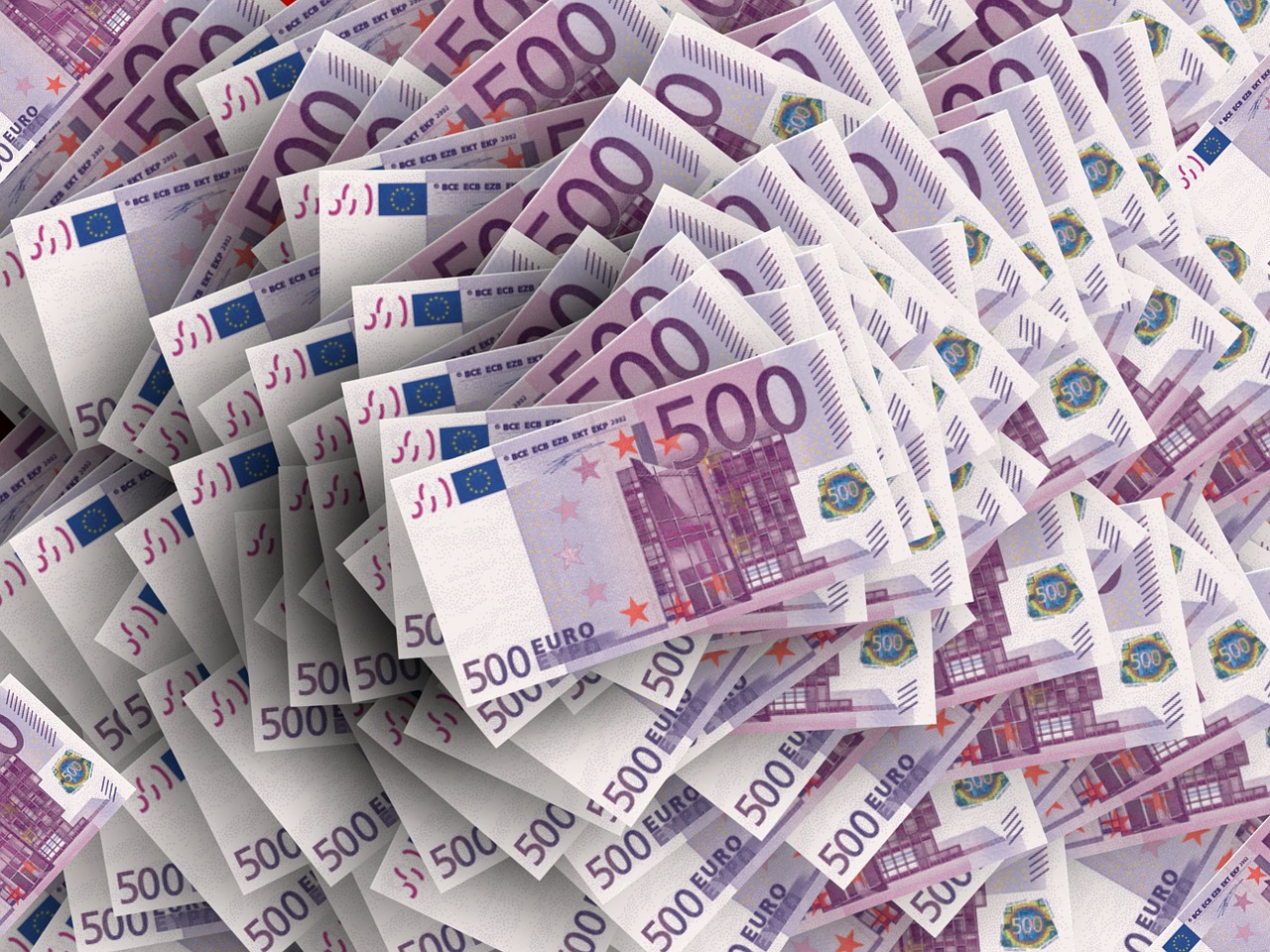How Central Bank Policies, Politics, and Timing Affect Converting $10,000 to Yen: A Guide to Exchange Rates and Avoiding Fees
GPT_Global - 2025-11-25 14:31:05.0 4
How do central bank policies in Japan affect the conversion rate of 10,000 dollars into yen?
Understanding how central bank policies in Japan affect currency conversion rates is crucial for businesses involved in remittance. The Bank of Japan (BoJ) plays a significant role in influencing the Japanese Yen (JPY) exchange rate through monetary policy decisions. These policies include interest rate adjustments, quantitative easing, and market interventions, all of which can directly impact how 10,000 dollars convert into yen.
When the BoJ implements expansionary monetary policies, such as lowering interest rates or increasing money supply, the yen typically weakens against the U.S. dollar. This may result in higher conversion rates for remittances, meaning more yen for every dollar sent. On the other hand, tightening policies can strengthen the yen, potentially lowering conversion rates.
For remittance businesses, staying updated on Japan’s central bank decisions is key. These policies can create fluctuations in exchange rates, affecting both the cost and efficiency of international transfers. By understanding the BoJ's actions, businesses can offer better rates and predict trends, benefiting both senders and receivers in the remittance process.

Is it better to exchange dollars for yen before arriving in Japan or after?
```htmlWhen planning a trip to Japan, one common question travelers face is whether it's better to exchange dollars for yen before arriving in Japan or after. The decision depends on several factors, including exchange rates, convenience, and fees.
Exchanging dollars before arriving can offer a sense of certainty, especially if you're able to secure a favorable rate at your local bank or a currency exchange service. However, this option may come with additional fees or less competitive rates compared to what you might find in Japan.
On the other hand, exchanging dollars for yen after arriving in Japan can often provide better rates. Currency exchange services in Japan, such as those at airports, banks, or local exchange offices, typically offer competitive rates. Moreover, Japan's advanced ATM network allows you to withdraw yen directly from international accounts, often with lower fees than a traditional exchange service.
Ultimately, if you're looking for convenience and potentially lower costs, exchanging your dollars for yen after arriving in Japan may be the better choice. However, using a remittance service for money transfers or to send funds to Japan can also be a practical and cost-effective option for long-term stays or business needs.
```What is the historical exchange rate for 10,000 dollars to yen over the past year?
The historical exchange rate of USD to JPY over the past year plays a vital role in the remittance business. Understanding this trend is crucial for both senders and receivers, as fluctuations can significantly impact the value of funds transferred internationally. In recent months, the USD/JPY exchange rate has shown notable variations, affecting the cost of remittance services.
For those transferring 10,000 USD to Japan, the exchange rate can either offer a favorable or less advantageous outcome depending on the market dynamics. A strong US dollar against the Japanese yen results in a larger sum for the recipient in Japan. Conversely, a weak dollar could mean the opposite, with recipients receiving less value for their money.
Remittance businesses closely monitor these shifts to provide competitive rates to their customers. By staying updated on exchange rate trends, businesses can ensure that they offer the best possible service, enabling people to send money efficiently and at the lowest possible cost. Accurate exchange rate forecasting helps clients make informed decisions and maximize the value of their transfers.
How do the political relations between the US and Japan influence the exchange rate of 10,000 dollars to yen?
Political relations between the United States and Japan play a crucial role in influencing the exchange rate between the US dollar and the Japanese yen, especially for remittance businesses. These bilateral relations affect economic policies, trade agreements, and financial market stability, all of which can impact currency values.
For instance, when the political environment between the US and Japan is stable and cooperative, it often leads to a stronger yen relative to the dollar. This is because both countries engage in positive economic collaborations, enhancing investor confidence and influencing foreign exchange markets. On the other hand, political tensions or trade disputes may cause the yen to weaken, leading to a less favorable exchange rate for US dollars sent to Japan.
Remittance businesses need to monitor the political landscape closely, as shifts in US-Japan relations can result in fluctuating exchange rates. When sending $10,000 to Japan, businesses must consider these changes to ensure that customers receive the best value for their money. Understanding these dynamics allows remittance companies to provide better services and help individuals maximize the value of their remittances across borders.
How can I avoid high fees when exchanging 10,000 dollars for yen at a bank?
When exchanging a significant sum, such as $10,000, for yen at a bank, high fees can quickly eat into the value of your transaction. To avoid this, it's important to plan ahead and understand how exchange rates and fees work.
First, research different banks and financial institutions to compare exchange rates and fees. Some banks charge flat fees, while others take a percentage of the amount exchanged. Be sure to ask about all potential charges, including hidden ones like service fees or commissions.
Next, consider using a remittance service or online platform. These services often offer better rates and lower fees than traditional banks, allowing you to get more yen for your dollars. Many remittance businesses offer competitive exchange rates with minimal fees, making them a viable alternative to banks.
Another option is to use an international money transfer service that offers zero or low fees for large amounts. Some services provide the option to lock in an exchange rate in advance, giving you more control over the amount of yen you’ll receive.
In conclusion, by researching your options, using remittance services, and understanding the full cost of currency exchange, you can avoid high fees and make the most of your $10,000 exchange.
About Panda Remit
Panda Remit is committed to providing global users with more convenient, safe, reliable, and affordable online cross-border remittance services。
International remittance services from more than 30 countries/regions around the world are now available: including Japan, Hong Kong, Europe, the United States, Australia, and other markets, and are recognized and trusted by millions of users around the world.
Visit Panda Remit Official Website or Download PandaRemit App, to learn more about remittance info.



